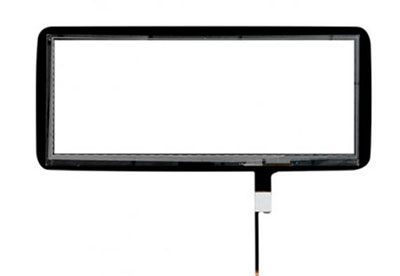What does LCD do?
What is LCD?
LCD stands for Liquid Crystal Display, and it's a technology that has transformed the way we view and interact with visual content. Unlike traditional cathode ray tube (CRT) displays, LCD screens are slim, lightweight, and energy-efficient, making them ideal for modern devices.
How Does LCD Work?
To understand how LCD touch screens function, we must delve into the inner workings of liquid crystals. Liquid crystals are unique molecules that have properties of both liquids and solids. When an electrical current passes through them, their molecular structure changes, allowing light to pass through or be blocked, creating the desired visual effect.
An LCD touch screen consists of several layers. The most crucial layers are the liquid crystal layer and the backlight layer. The liquid crystal layer is sandwiched between two glass panels and contains tiny cells filled with liquid crystals. These crystals twist and untwist as the electrical current flows through them, controlling the passage of light.
Bringing Touch Sensitivity into the Picture
Now, let's introduce touch sensitivity to the equation. In an LCD touch screen, an additional layer called the touch-sensitive layer is added on top of the liquid crystal layer. This layer contains a grid of transparent electrodes that detect the touch of your fingertips. When you touch the screen, the electrodes pick up the electrical signals and send them to the device's processor, enabling it to interpret your touch actions accurately.
LCD touch screens offer numerous advantages that have contributed to their widespread adoption. Here are a few key benefits:
Clarity and Visual Experience:
LCD technology provides crisp and vibrant visuals, offering an immersive viewing experience.
Energy Efficiency:
LCD screens consume less power compared to other display technologies, resulting in extended battery life for portable devices.
Slim Design:
LCD screens are thin and lightweight, allowing for sleek and portable device designs.
Touch Interactivity:
The addition of touch sensitivity enhances user interaction, enabling gestures like swiping, tapping, and pinching.




